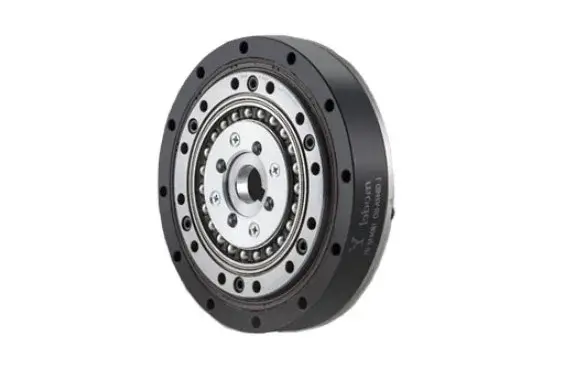Small gearboxes play an important role in modern industrial systems, providing transmission of torque with changes in its magnitude and direction. Compact dimensions and high performance make them indispensable in conditions of limited space and increased requirements for precision. Let's look at the key aspects regarding the installation and operation of small gearboxes, which will help to make the most of this equipment.
Correct installation of gearboxes
Correct installation of small-sized gearboxes is considered the basis for their reliable and long-term operation. The first step is choosing a suitable installation location. The installation location must be protected from dust, moisture and direct exposure to aggressive environments. It is important to provide sufficient space for ventilation and maintenance of the gearbox, which will prevent it from overheating and facilitate access when maintenance is necessary.
Attachment of the gearbox to the base must be carried out using the special mounting holes and bolts provided by the design of the device. This ensures reliable fastening and eliminates vibration and displacement during operation. Attention should be paid to gearbox alignment: axial and angular deviations can lead to gear and bearing wear, reduced efficiency and an increased likelihood of breakdowns. For alignment, it is recommended to use precision instruments, such as laser levels or indicators.
The connection of the gearbox to the drive and actuator mechanisms requires the use of couplings, flanges or other transition elements that ensure reliable torque transmission. At the same time, it is important to ensure that the connections are made without gaps and distortions, which prevents additional loads on the gearbox and its wear. Using high-quality sealing elements and regularly checking connections will avoid oil leaks and other operational problems.
Maintenance and lubrication
Proper maintenance of small gearboxes includes regular checking of the condition of all its components and timely replacement of worn parts . Experts call monitoring the level and condition of the lubricant the main aspect of maintenance. Gearboxes require the use of special oil that ensures minimal friction and wear on gears and bearings. Low oil level or contamination can lead to significant damage and failure of the gearbox. You can find out more about this on the website https://innodrive.ru/.
Regular checks should be carried out in accordance with the manufacturer's recommendations. This usually involves a visual inspection through an inspection window or the use of a feeler gauge. The oil is changed in accordance with the regulations specified in the technical documentation, or more often if operating conditions are severe. It is important to use only recommended types of lubricants that meet the requirements for viscosity and temperature conditions.
In addition to lubrication, it is necessary to regularly check the condition of seals, fasteners and bearings. Wear of these components can lead to oil leaks, increased vibration and noise. If damage or wear is detected, parts should be replaced immediately using original spare parts. Proper maintenance extends the life of the gearbox and prevents unscheduled equipment shutdowns.
Operational features
The operation of small-sized gearboxes requires taking into account a number of features that ensure their durability and reliability. One of the key tasks is compliance with the operating modes specified in the technical documentation. Exceeding the permissible loads and speeds can lead to overheating, wear and damage to gearbox components. It is therefore important to monitor operating parameters and avoid operating the device in conditions exceeding its specifications.
Gearboxes must be operated within the temperature limits specified by the manufacturer. Elevated temperatures can cause the lubricant to dilute and deteriorate, which increases friction and wear of parts. At low temperatures, the lubricant may thicken, which also negatively affects the operation of the gearbox. In such cases, the use of special oils may be required.





